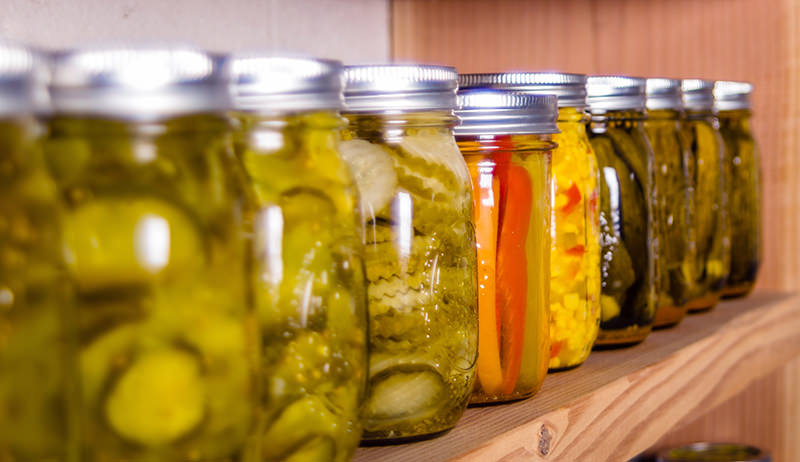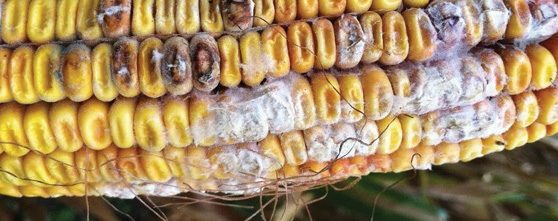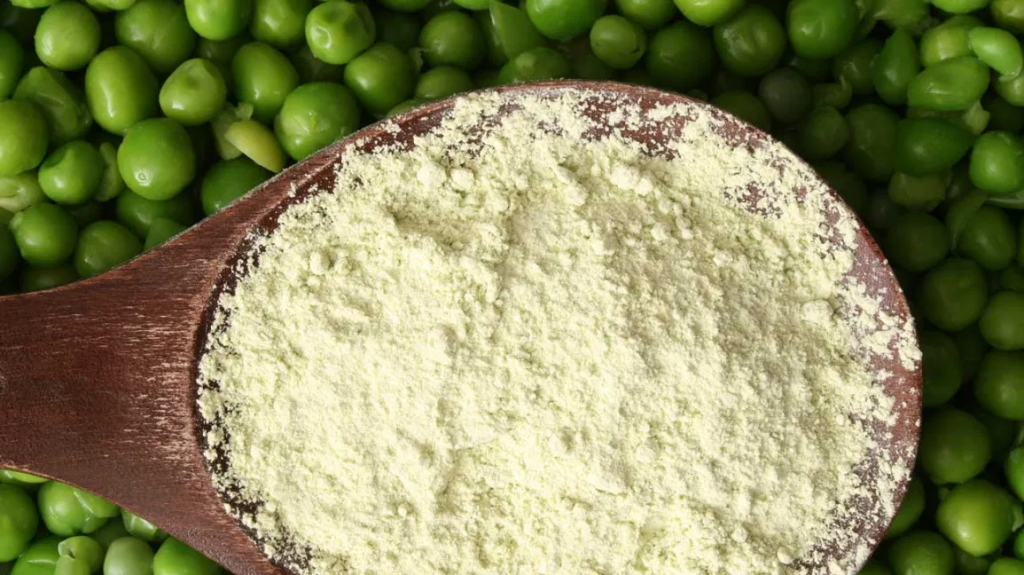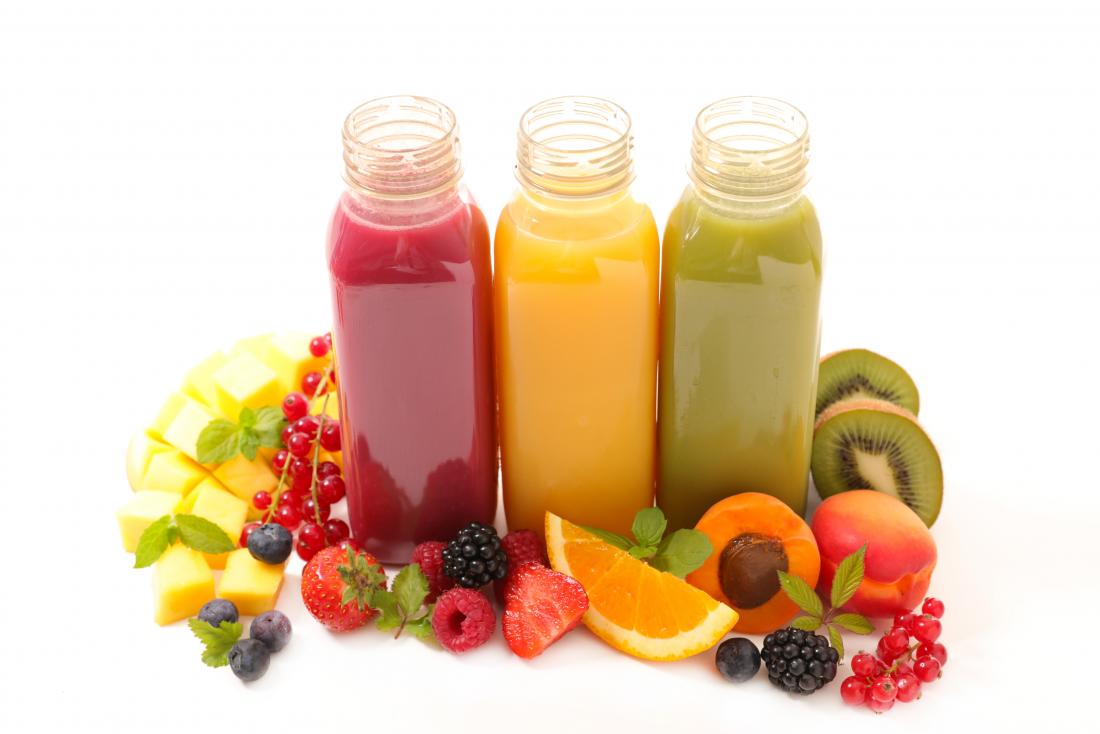What you need to know about Clostridium botulinum toxin production

What is Clostridium botulinum
Clostridium botulinum are Gram-positive, rod-shaped, anaerobic, spore-forming, motile bacteria with the ability to produce a neurotoxin. These bacteria are common in canned food products and therefore care must be taken especially when doing canning at home. Botulinum toxins are one of the most lethal substances known. They work by blocking nerve functions and can therefore lead to respiratory and muscular paralysis.

Ways through which botulism may occur
Cases of human botulism may refer to:
- Foodborne botulism
- Infant botulism
- Wound botulism, and
- Inhalation botulism

Conditions for the formation of botulinum toxin
The conditions in which the spores can grow and make toxin are:
- Low-oxygen or no oxygen (anaerobic) environment
- Low acid/ pH higher than 4.5
- Low sugar – relates to osmotic potential
- Low salt – relates to osmotic potential
- A certain temperature range – there are several typesof this toxin, For instance, the minimum temperature for growth and toxin formation by C. botulinum type E and non proteolytic types B and F is 38°F (3.3°C).
- A certain amount of water – relates to water activity. Usually high water activity allows many bacteria to grow. The minimum aw at which growth and toxin formation by C. botulinum can occur has been reported to be 0.965.


